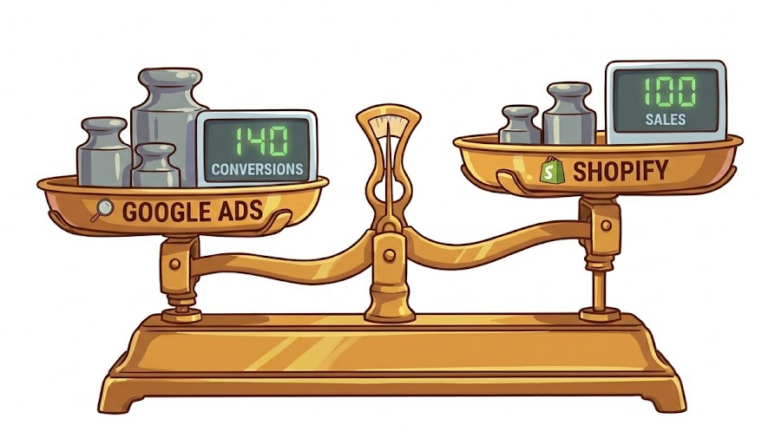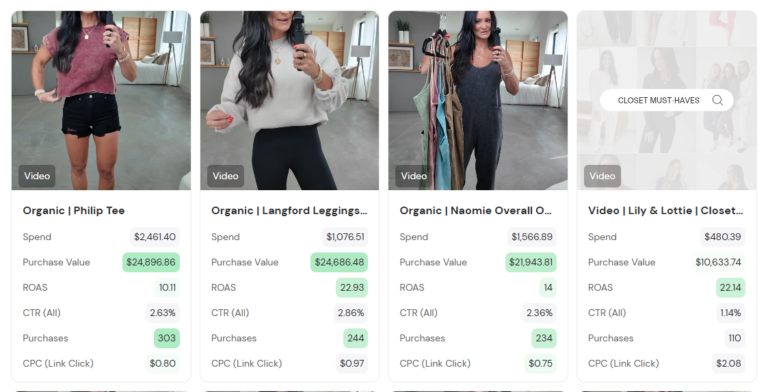Google just rolled out a new campaign upgrade called “AI Max” that adds a serious dose of machine learning to standard Search campaigns. Think of it as a halfway point between regular Search and Performance Max, more automation, but still built around your keywords.
This isn’t a brand-new campaign type. It’s an enhancement to what you’re already running. And if you’ve been feeling like regular Search has fallen behind the times, this might be a useful step forward.
Let’s break it down.
What’s Happening
Google’s AI Max update brings a few big upgrades to traditional Search campaigns:
- 🔍 Smarter Keyword Matching: AI Max uses automation to find relevant search queries outside your current keyword list. Think Broad Match without losing complete control, except that this is still built around phrase or exact match.
- ✏️ Dynamic Text Generation: The system can create new headlines and descriptions using your landing page and existing ad content. You can turn this off if you don’t want Google rewriting your ads, but the option is there.
- 🔗 Final URL Expansion: AI Max can send traffic to the most relevant page on your site, even if it’s not the one you specified in the ad. That means better landing page alignment, in theory.
According to Google, accounts testing AI Max have seen a 14% average lift in conversions, with some getting up to 27% when combining phrase or exact match keywords.
How It Affects You
This is another move from Google to give advertisers more AI support, whether we asked for it or not.
- If your Search campaigns have been underperforming or plateauing, AI Max gives you more tools to expand reach and test variations.
- On the flip side, giving up control over ad copy and landing pages could backfire if Google doesn’t fully understand your product or offer.
- It’s not PMax, but it’s moving in that direction. If you’ve wanted more machine learning power without jumping into full black-box territory, this lands somewhere in the middle.
- You’ll need to rethink how you monitor results. If you’re using AI Max, conversions might increase, but you’ll want to check that they’re still qualified, profitable conversions, not just volume for the sake of volume.
This update also suggests that standard Search campaigns aren’t going anywhere, but they’re getting pulled deeper into Google’s automation ecosystem.
What You Should Do Next
Here’s our playbook if you’re thinking about testing AI Max:
- ✅ Test in a separate campaign. Don’t flip this on for your best-performing campaigns right away. Start small, run a clean A/B test, and compare results.
- ✏️ Review and approve creative assets. If you allow auto-generated ad copy, double-check what Google’s writing for you. You don’t want misaligned messaging slipping through.
- 🚫 Control URL expansion. If your product catalog is complex or has strict landing page paths, consider turning this feature off at first.
- 📊 Watch conversion quality, not just volume. AI Max might drive more clicks and conversions, but you still need to make sure they’re the right ones.
If you’re not sure whether AI Max is worth testing for your business, or you want help interpreting early performance data, reach out. We’ll walk you through whether this new rollout makes sense for your strategy, or if you’re better off waiting.






no replies